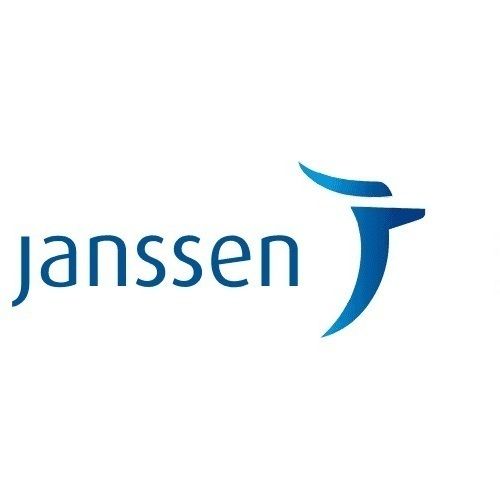Article
New Data Confirms Guselkumab’s Efficacy and Safety for Adult Psoriatic Arthritis
Author(s):
A majority of patients with active psoriatic arthritis achieved and maintained skin clearance, joint symptom relief through year 2 of treatment.

Janssen Pharmaceutical Companies announced long-term data that showed that guselkumab (TREMFYA) for active psoriatic arthritis (PsA) in adults was efficacious in providing skin clearance and joint symptom relief through 2 years.
The selective interleukin (IL)-23 inhibitor also demonstrated long-term safety.
Patients were reported to have maintained improved physical function, physical aspects of health-related quality of life, and resolution of enthesitis and dactylitis associated with the therapy.
These results build upon previous data from the Phase 3 DISCOVER-2 study showing similar positive results through weeks 24 and 52.
“PsA can be a chronically painful and debilitating disease, and many PsA patients are still searching for enduring relief of their symptoms," said investigator Philip J. Mease, MD of the Swedish Medical Center/Providence St. Joseph Health and the University of Washington, Seattle in a statement.
"These data, which show that the observed benefits of TREMFYA in PsA continue through 2 years, represent positive news for physicians and patients alike,” he continued.
Results from the DISCOVER-2 Study
Patients were randomized to receive guselkumab 100mg every 4 weeks or 8 weeks, or placebo with crossover to guselkumab every 4 weeks at week 24. Therapy continued through year 2.
Thus, among patients who had clinically meaningful skin involvement, 59% receiving guselkumab every 4 weeks and 53% of those receiving every 8 weeks achieved complete skin clearance (Psoriasis Area Severity Index [PASI] 100) at week 100.
Among all randomized patients, 76% of those on the every-4-week regimen achieved ≥20% improvement in the American College of Rheumatology (ACR 20) response criteria at week 100—versus 74% of patients receiving dosing every 8 weeks.
Guselkumab every 4 weeks also demonstrated statistically significant inhibition of radiographic progression of joint structural damage at week 24 (P = .011), although this was not observed for the every-8-weeks regimen (P = .072). Further reduction for both dosing schedules was achieved from weeks 52-100.
Reduction was also noted for patients who received placebo and switched to guselkumab at week 24.
Janssen touted the durability of treatment as well as its safety, indicating no new safety signals.
The US Food and Drug Administration (FDA) approved guselkumab for severe plaque psoriasis in adults in July 2017 and for active PsA in adults in July 2020. Both approvals were based on results from DISCOVER-1 and DISCOVER 2.
Currently, guselkumab is the first and only approved treatment for both conditions that selectively inhibits IL-23.
Fuller data will be presented during the Innovations in Dermatology: Virtual Spring Conference this month.




